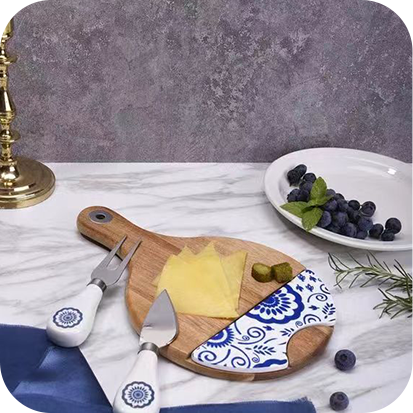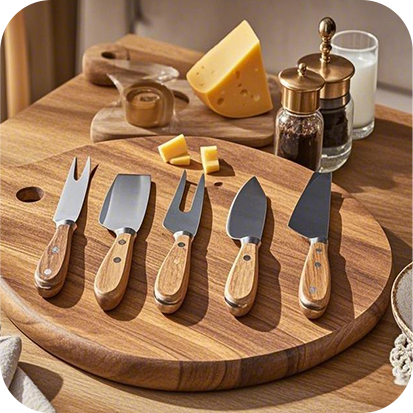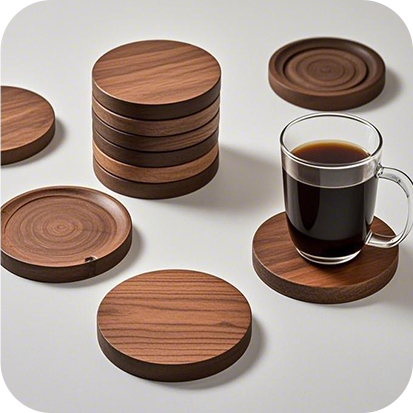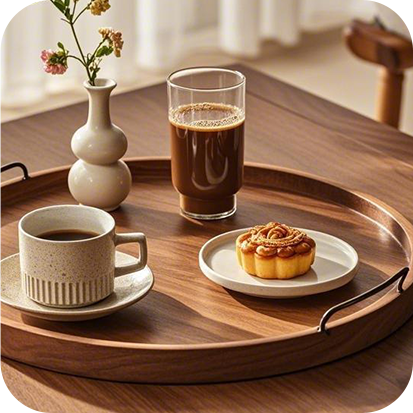5 Kitchen Tips to Double the Lifespan of Your Wooden Kitchenware
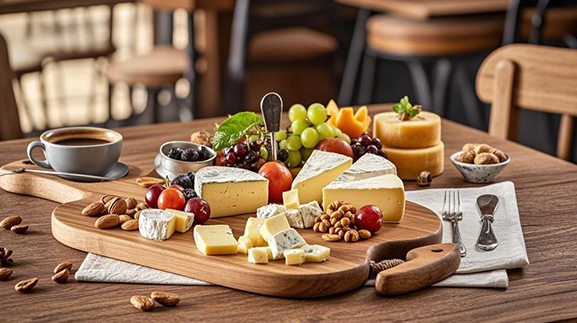
1. Clean Gently and Regularly
Regular cleaning is key to maintaining wooden kitchenware. Avoid submerging your items in water for long periods, as excess moisture can cause warping and cracking.
·Tip: Use a damp cloth with mild dish soap to wipe down your wooden cutting boards, utensils, and trays immediately after use.
·Avoid: Harsh detergents and abrasive scrubbers, which can damage the natural finish of the wood.
Regular gentle cleaning not only removes food residue and bacteria but also prevents the build-up of oils and moisture that could degrade the wood over time.
2. Proper Drying and Storage
After cleaning, ensure your wooden kitchenware is thoroughly dried before storing.
·Tip: Air-dry your items in an upright position to allow proper airflow on all sides. This prevents moisture from accumulating, which is the leading cause of cracking and mold growth.
·Storage Suggestion: Store your wooden kitchenware away from direct sunlight and heat sources. Use a dedicated cabinet or shelf where items can rest without being crowded.
Good storage practices are essential for preserving the integrity of the wood and keeping your kitchen tools in top condition.
3. Regular Oiling for Protection
Oiling is one of the most effective ways to maintain wooden kitchenware. Food-grade oils, like mineral oil or walnut oil, protect the wood from drying out and prevent it from absorbing water.
·Tip: Apply a thin layer of oil once a month using a soft cloth, making sure to cover all surfaces evenly.
·Benefits: Regular oiling not only enhances the natural color and grain of the wood but also creates a barrier against stains and moisture, extending the product’s lifespan.
Remember, consistency is key. Incorporate this step into your routine to keep your wooden kitchenware looking and performing like new.
4. Avoid Extreme Temperatures
Wood is a natural material that can be sensitive to sudden temperature changes.
·Tip: Do not expose your wooden kitchenware to extreme heat or cold. Avoid placing them near stovetops, ovens, or in the dishwasher.
·Usage Advice: Use cutting boards and utensils at room temperature to minimize stress on the wood fibers.
By keeping your wooden items away from drastic temperature fluctuations, you help prevent warping and structural damage that can occur over time.
5. Handle with Care
The longevity of your wooden kitchenware is also influenced by how you use and handle it.
·Tip: Use separate boards for different types of food (e.g., one for raw meat and another for vegetables) to avoid cross-contamination and minimize the need for heavy scrubbing.
·Maintenance: Avoid using excessive force when cutting or chopping. Let your knife do the work to reduce strain on the board’s surface.
Proper handling minimizes scratches and deep cuts, preserving the integrity of the wood and ensuring a smoother, longer-lasting finish.
Investing in high-quality wooden kitchenware is just the first step towards a sustainable, eco-friendly kitchen. With these five essential tips—gentle cleaning, proper drying and storage, regular oiling, avoiding extreme temperatures,
and careful handling—you can significantly extend the lifespan of your wooden kitchenware. Not only will this protect your investment, but it will also enhance the natural beauty of your kitchen and promote a healthier, more
sustainable lifestyle.
Implement these practical tips today and enjoy the lasting charm and functionality of your wooden kitchenware for years to come!
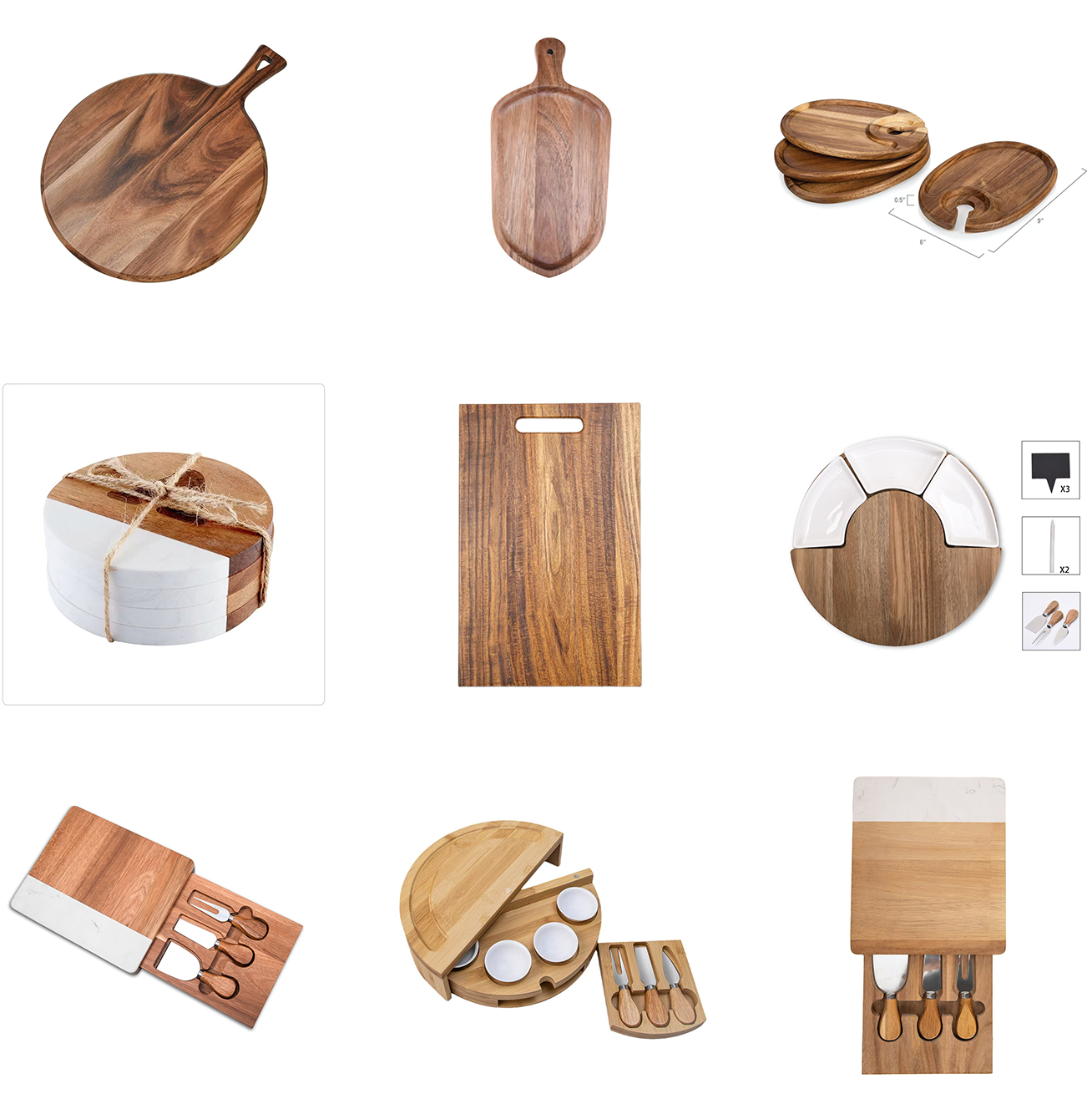
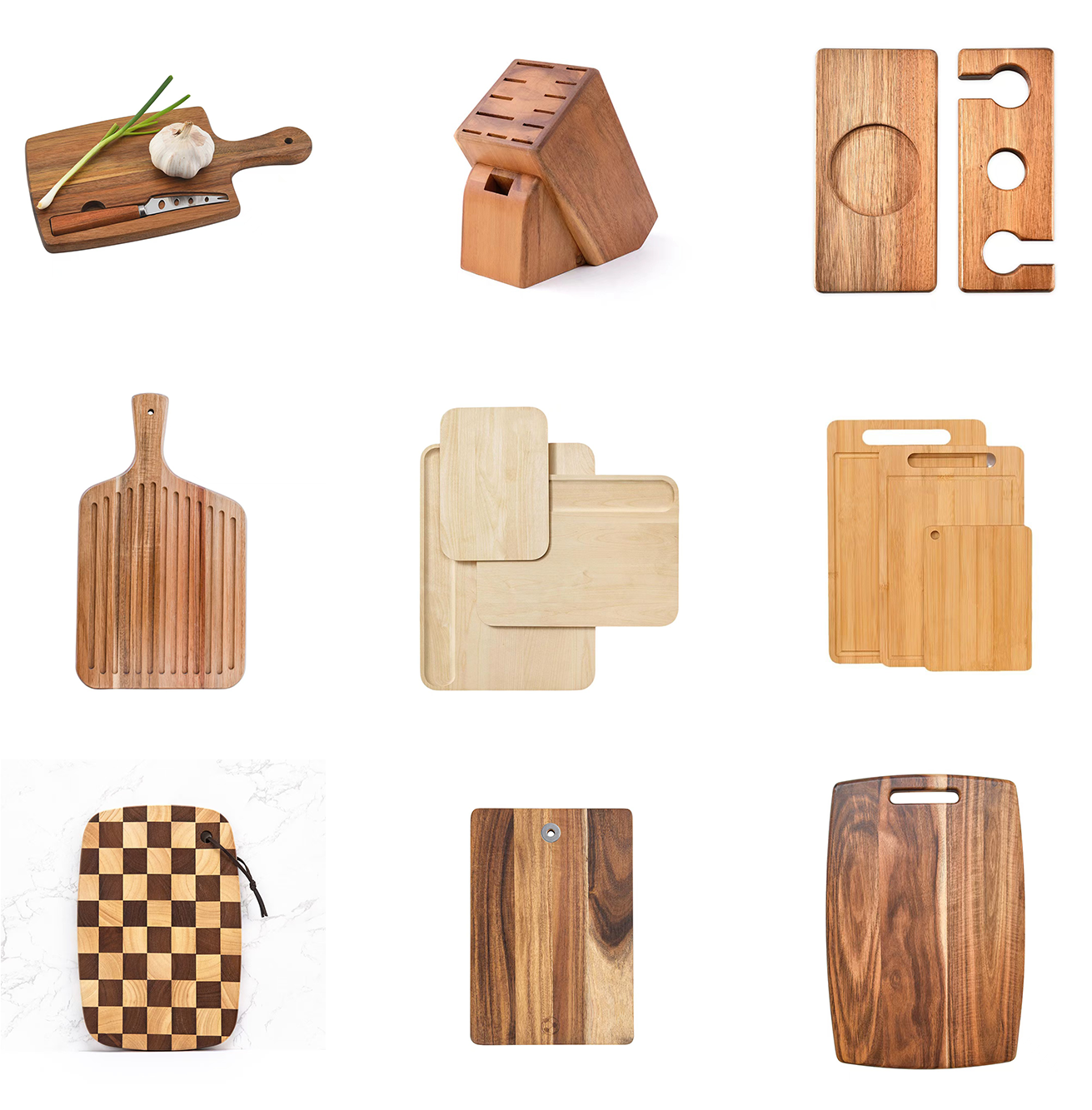
Yangjiang Cuthaven Kitchenware Co.,Ltd
Yangjiang Cuthaven Kitchenware Co.,Ltd.
specializes in the production and export of high-quality metal and wooden kitchenware. With over 16 years of experience in the industry, we have established ourselves as a trusted partner for businesses worldwide.














